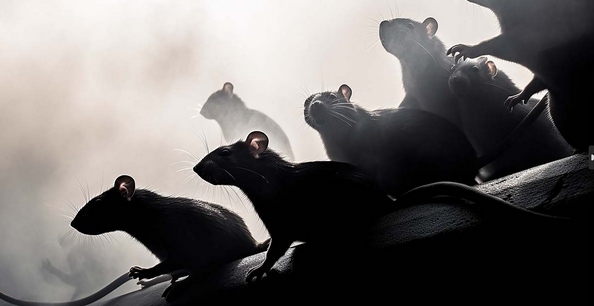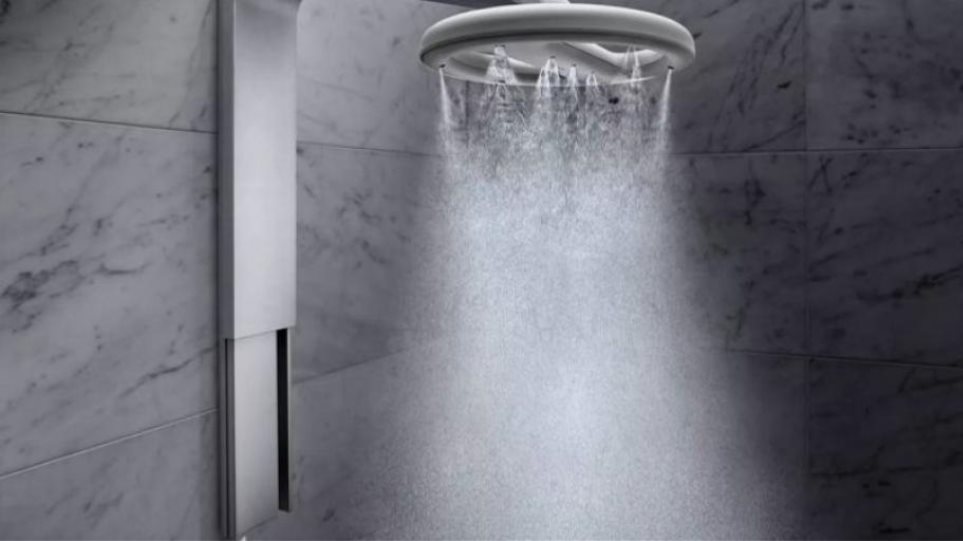In the 14th century , European hygiene during the Black Plague was far from ideal. Bathing was infrequent, and people resorted to remedies like vinegar and even urine to combat the disease due to a lack of soap. Jewish communities, known for better handwashing habits, fared better but faced unjust persecution. Doctors struggled with ineffective treatments, such as cutting open buboes (swollen lymph nodes) and applying peculiar mixtures like dried feces. Mass graves overflowed with the deceased, attracting rats and fleas, furthering the disease’s spread. Open sewers contaminated water supplies.
Efforts to combat the plague included carrying sweet-smelling flowers and wearing elaborate masks, unintentionally creating primitive hazmat suits. Surviving the Black Plague led to post-plague improvements in health and lifespan, thanks to a smaller population enjoying higher wages and better diets. 14th-century European hygiene practices during the Black Plague were marked by a lack of cleanliness, inadequate medical treatments, and challenges in waste management. Despite these grim conditions, the survivors of this devastating epidemic paved the way for better health and longer lives in the centuries that followed.
What is the top Greek owned hotel in the UK (photos)
Source: Ancient Origins



































